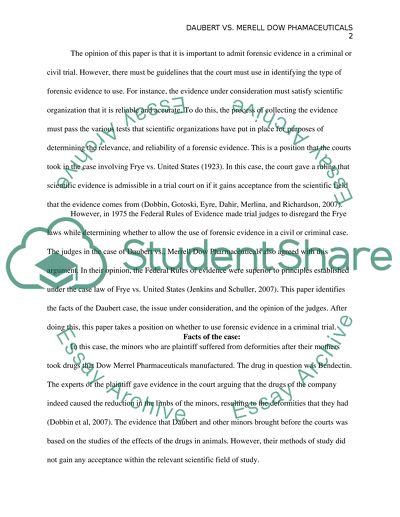Cite this document
(“Position Paper on Daubert v. Merrell Dow Pharmaceuticals Research”, n.d.)
Position Paper on Daubert v. Merrell Dow Pharmaceuticals Research. Retrieved from https://studentshare.org/law/1474489-position-paper-on-daubert-v-merrell-dow
Position Paper on Daubert v. Merrell Dow Pharmaceuticals Research. Retrieved from https://studentshare.org/law/1474489-position-paper-on-daubert-v-merrell-dow
(Position Paper on Daubert V. Merrell Dow Pharmaceuticals Research)
Position Paper on Daubert V. Merrell Dow Pharmaceuticals Research. https://studentshare.org/law/1474489-position-paper-on-daubert-v-merrell-dow.
Position Paper on Daubert V. Merrell Dow Pharmaceuticals Research. https://studentshare.org/law/1474489-position-paper-on-daubert-v-merrell-dow.
“Position Paper on Daubert V. Merrell Dow Pharmaceuticals Research”, n.d. https://studentshare.org/law/1474489-position-paper-on-daubert-v-merrell-dow.


